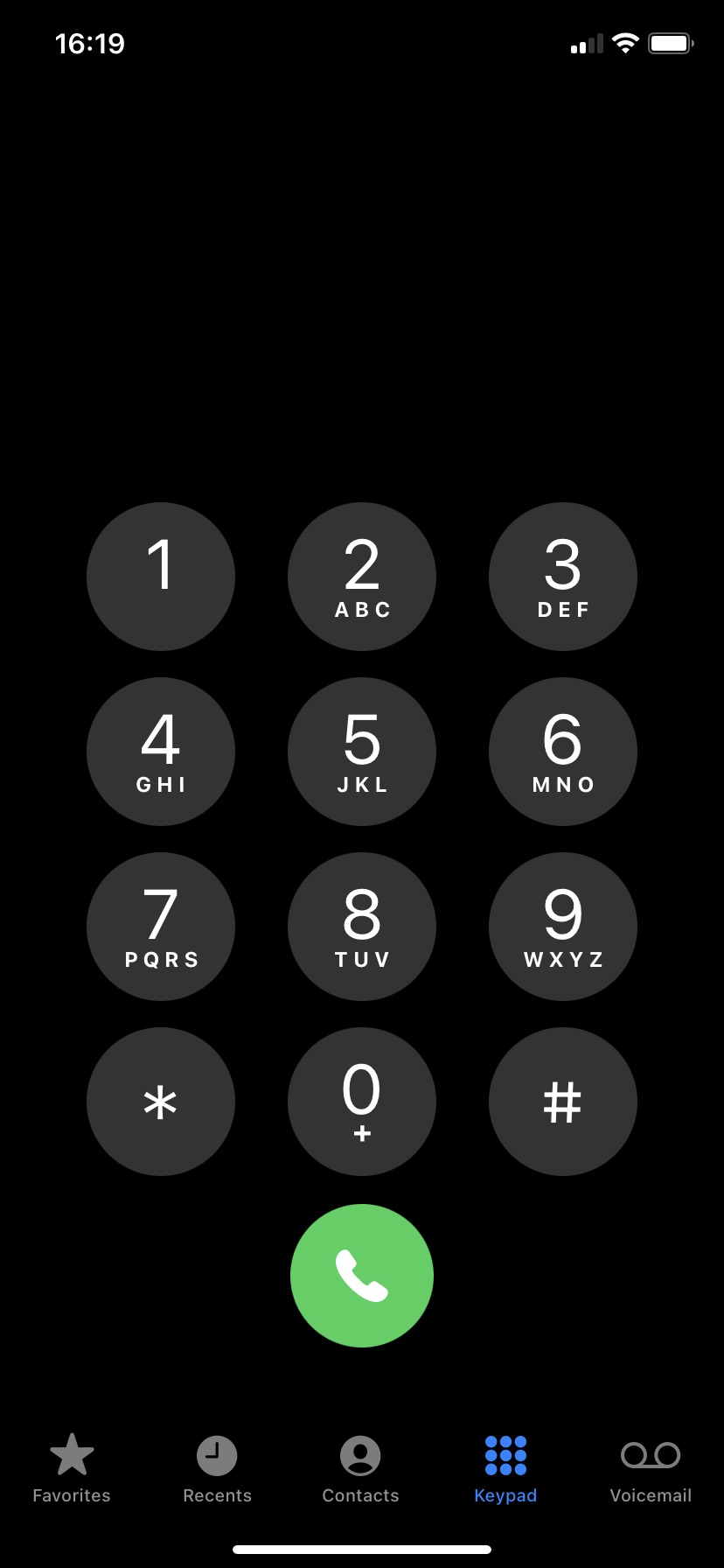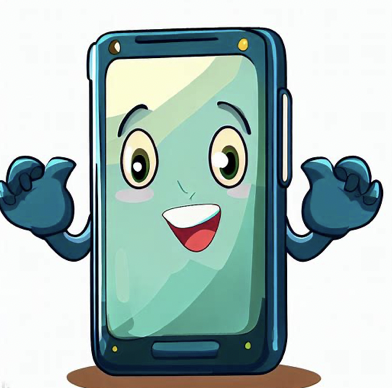Each number on a phone dial corresponds will certain letters.
Here are the letters associated with each number on a traditional phone dial:
- 0: (No letters)
- 1: (No letters)
- 2: ABC
- 3: DEF
- 4: GHI
- 5: JKL
- 6: MNO
- 7: PQRS
- 8: TUV
- 9: WXYZ

This feature, known as “letters on phone dial,” allows users to input text by pressing the corresponding numbers on the keypad.
Below, we will explore the history, functionality, and practical applications of letters on phone dial, providing valuable insights into this often overlooked feature.
Table of Contents
The History of Letters on Phone Dial
The concept of assigning letters to phone numbers dates back to the early 20th century.
In the early days of telephony, rotary dial phones were the primary means of communication.
These phones featured a circular dial with numbered holes, and users would rotate the dial to input a phone number.
However, as technology advanced and touch-tone phones were introduced in the 1960s, the need for a more efficient way to input text became apparent.
The Bell System, the American telephone monopoly at the time, recognized this need and developed a system that assigned letters to each number on the phone dial.
The letters on phone dial system, also known as the “2-9 system,” was introduced to facilitate the use of automated services such as directory assistance and voicemail.
By allowing users to input text using the numeric keypad, these services became more user-friendly and accessible.
Functionality of Letters on Phone Dial
The letters on phone dial system follows a simple mapping of letters to numbers.
Each number from 2 to 9 corresponds to a set of three or four letters.
The mapping is as follows:
- 2: ABC
- 3: DEF
- 4: GHI
- 5: JKL
- 6: MNO
- 7: PQRS
- 8: TUV
- 9: WXYZ
For example, if you want to type the word “hello” using the letters on phone dial, you would press the following sequence of numbers: 4 (for H), 3 (for E), 5 (for L), 5 (for L), and 6 (for O).
This functionality is particularly useful when using automated phone systems that require text input.
For instance, when calling a company’s customer service line, you may be prompted to enter your account number or other information using the letters on phone dial.
By understanding this system, you can quickly and accurately input the required information.
Practical Applications of Letters on Phone Dial
The letters on phone dial feature has found various practical applications in both personal and professional settings. Here are some examples:
1. Automated Phone Systems
As mentioned earlier, automated phone systems often utilize the letters on phone dial system to allow users to input text.
This is commonly seen when accessing voicemail, navigating through menu options, or entering account information.
By understanding the mapping of letters to numbers, users can efficiently interact with these systems.
2. Text Messaging
In the early days of mobile phones, text messaging was limited to using the numeric keypad.
To type out messages, users had to press the corresponding numbers multiple times to cycle through the available letters.
For example, to type the letter “C,” users would press the number 2 three times. While this method has become less common with the introduction of QWERTY keyboards on smartphones, it is still supported on many basic mobile phones.
3. Vanity Phone Numbers
Vanity phone numbers are phone numbers that spell out a word or phrase using the letters on phone dial.
For example, a business might choose a vanity number like 1-800-FLOWERS to make it easier for customers to remember.
These numbers can be a powerful marketing tool, as they are more memorable and can reinforce brand identity.
4. Mnemonic Devices
The letters on phone dial system can also be used as a mnemonic device to remember phone numbers or other sequences of numbers.
By associating each number with a set of letters, it becomes easier to create memorable phrases or words that correspond to the desired sequence of numbers.
This technique is often used in advertising jingles or catchy slogans.
FAQs – Letters on Phone Dial
1. How do I use letters on phone dial?
To use letters on phone dial, simply press the corresponding number on the keypad for each letter in the desired word or phrase.
For example, to type the word “hello,” you would press 4 (for H), 3 (for E), 5 (for L), 5 (for L), and 6 (for O).
2. Can I use letters on phone dial on a smartphone?
While most smartphones now feature QWERTY keyboards for text input, some basic mobile phones still support the letters on phone dial system.
However, this method is less commonly used on smartphones due to the availability of full keyboards.
3. Are there any limitations to using letters on phone dial?
One limitation of using letters on phone dial is the need to cycle through multiple letters for each number.
This can be time-consuming, especially when typing longer words or phrases.
Additionally, not all phone systems or services support text input using letters on phone dial.
4. How are vanity phone numbers created?
Vanity phone numbers are created by selecting a combination of letters that spell out a word or phrase using the letters on phone dial.
These numbers are often associated with a specific business or brand and can be obtained through phone service providers or specialized vanity number providers.
5. Can I create my own mnemonic devices using letters on phone dial?
Absolutely! Mnemonic devices can be a helpful way to remember phone numbers or other sequences of numbers.
By associating each number with a set of letters, you can create memorable phrases or words that correspond to the desired sequence of numbers.
6. Are there any security concerns with using letters on phone dial?
While the letters on phone dial system itself does not pose any security concerns, it is important to be cautious when entering sensitive information, such as passwords or credit card numbers, using automated phone systems.
Always ensure that you are entering information on a secure line and be mindful of potential phishing attempts.
7. Can I change the mapping of letters to numbers on my phone?
The mapping of letters to numbers on a phone is standardized and cannot be changed by the user. This ensures consistency across different phone systems and services.
8. Are there any international variations of the letters on phone dial system?
While the letters on phone dial system is widely used in North America, it may not be universally recognized in other countries.
Some countries have their own variations or may not use letters on phone dial at all.
It is always best to familiarize yourself with the local phone system when traveling internationally.
9. Can I use letters on phone dial for other languages?
The letters on phone dial system is primarily designed for the English language.
While it can be used to input text in other languages, the mapping of letters to numbers may not align perfectly with the specific characters or sounds of those languages.
10. Are there any alternative methods for text input on phones?
Yes, there are several alternative methods for text input on phones, especially smartphones.
These include QWERTY keyboards, virtual keyboards, voice recognition, and predictive text input.
The choice of method depends on the device and user preference.
Summary – Letters on Phone Dial
Letters on phone dial, also known as the “2-9 system,” allows users to input text by pressing the corresponding numbers on a phone keypad.
This feature has a rich history dating back to the early days of telephony and has found practical applications in automated phone systems, text messaging, vanity phone numbers, and mnemonic devices.
While less commonly used on smartphones, the letters on phone dial system remains a valuable tool for efficient text input.
By understanding this system, users can navigate phone systems more effectively and create memorable phrases or words associated with specific numbers.


